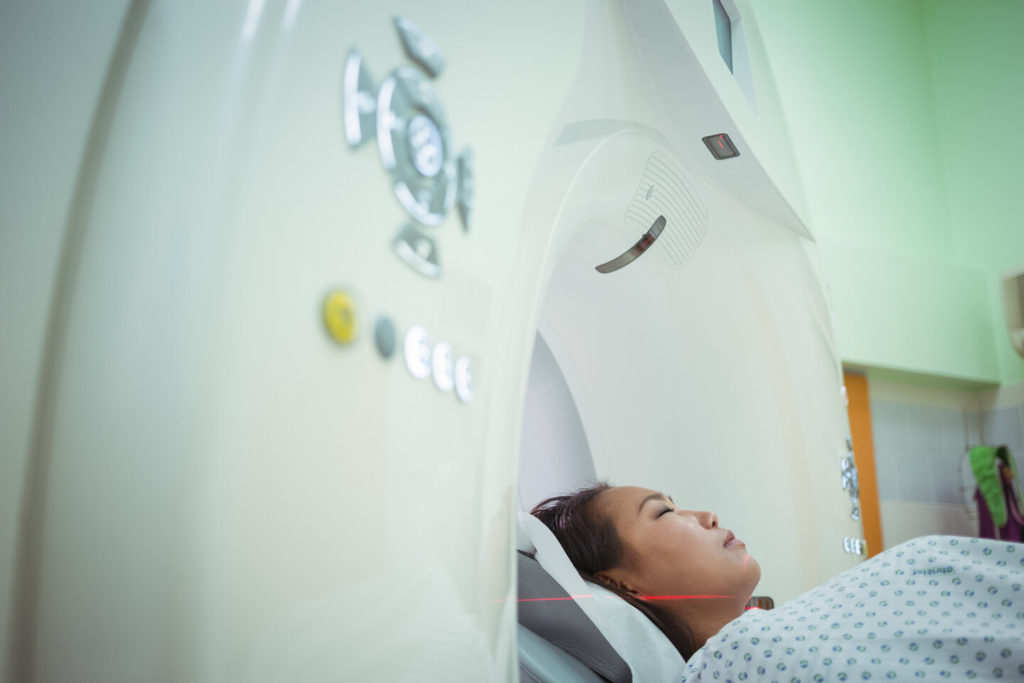
When it comes to medical imaging, there is more than one option available. There are a variety of choices on the table for you like x-ray, ultrasound, Computed Tomography (CT), Magnetic Resonance Imaging (MRI), etc. In this article, we are looking to focus on selecting the right option between an MRI scan and a CT scan depending on the situation.
Both the MRI and CT scans are useful in conducting medical imaging activities on the body. But while the MRI uses magnetic fields and radio waves, CT scans make use of x-rays. On that note, there is no radiation risk associated with MRIs like with CT scans. But even the radiation risk associated with CT scans is low with that being equivalent to the background radiation a person is subjected to during a period of roughly a few years. Nevertheless, CT scans are conducted far more often than MRIs. This may even be because of the cost associated with each. CT scans can be considered as the less expensive option of the two.
Doctors usually recommend an MRI to diagnose issues with joints, wrists, ankles, brain, blood vessels, heart, and breasts. CT scans are mostly used for tumors, cancers, internal bleeding cases, and fractures in bones. MRIs are the more recommended option in the case of requiring detailed images of soft tissues, organs, or torn ligaments. If the requirement is a generalized image of organs due to a fracture or trauma, a CT scan would instead be recommended. If you are ever in doubt, you can always ask your doctor for the reason for selecting that particular type of scan to get your doubts cleared before going in for the scan.
An MRI will provide a highly detailed image due to its adeptness in capturing images, but a CT scan is faster. While MRIs can generate a sense of claustrophobia in some, CT scans do not due to it being reasonably open compared to the MRI. Also, an MRI is a loud machine. Earplugs or headphones are often used to make the experience more bearable. Some facilities even allow you to bring your own music to be played during the scan.
CT scans can be risky in the case of unborn children. But CT scans are allowable for patients with metal implants where it is not so for MRIs. Patients with metal or cardiac implants are usually not taken in for an MRI. If you have implants such as artificial joints, IUDs, pacemakers or eye implants, notify your doctor before an MRI. Also, MRIs only allow patients below a limit of 350 lbs while CT scanners go up to 450 lbs.
Your doctor will usually recommend the most suitable type of scan depending on the circumstances and the situation. But you can always ask any questions to put your mind at ease.
While MRI machines and CT Scanners have their own advantages and differences, it is useful for a medical facility to occupy both devices for optimum patient care. If you are looking for a CT Scan, MRI machine or a Portable MRI Machine For Sale, call us up right away. Amber Diagnostics sales team can fix you up with the best deals available in the market today. Feel free to call right now to get more info!
In the realm of diamonds, color plays a pivotal role in defining both the gem’s…
When it comes to selecting a diamond, the plethora of choices available can be both…
What Does VVS Stand For? VVS stands for 'Very Very Slightly Included.' It refers to…
What Does TW Stand For? 'TW' stands for 'Total Weight,' also commonly referred to as…
In the quest for the perfect diamond, the journey is as significant as the destination.…
Buying diamonds online has become increasingly popular, and Rare Carat has emerged as a prominent…